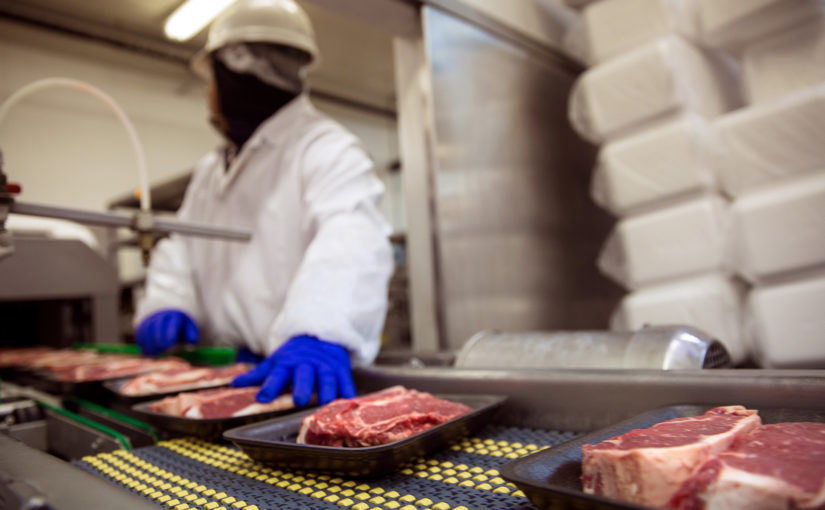Picture this: You run a meat packaging and processing plant that’s operating at full capacity six days per week, and your cooling systems are working overtime to keep the packaged meats at their optimal temperature. Out of the blue, you get a call from your CO2 supplier telling you they are having an unexpected shutdown and can’t meet your CO2 needs to cool your product. Now you’ve got thousands of dollars worth of meat products to keep cool and no way to do it—what do you do?
In this scenario, you could have avoided the unexpected loss of supply if you’d been checking in with your CO2 supplier regularly.
“From an industry standpoint, it’s understood that there will be events that impact production of CO2. It’s critical that your supplier has a robust CO2 supply network to keep your plant fulfilled during a supply disruption,” says Bill Baker, Vice President of Service Markets and Safety for Airgas, an Air Liquide company.
Restaurant managers, plant operators, meat processors and other food and beverage industry workers who use CO2 should not consider seasonal shortages simply “the cost of doing business.” Instead, by taking a few simple preparatory steps, you can plan ahead for an increase in demand as the need for a quick cooling and carbonation agent grows to avoid a shortage in your business:
Stay on top of CO2 availability in your area.
Carbon dioxide is a refinery byproduct of ammonia, ethanol and hydrogen or can be found as a naturally occurring gas in wells. Because there is no way to mass-produce CO2, it is important for you to be aware of where CO2 sources exist within a reasonable distance from your business. When your primary supply source is curtailed, you need to know how your supplier is positioned to meet your ongoing product requirements.
Establish a weekly check-in with your supplier.
Set up a consistent day and time to share what your expected demand is that week with your supplier. Even if your supplier monitors your inventory remotely, historical data can only go so far in predicting future demand. It’s imperative to keep open communication lines with your supplier about what you expect to see in CO2 demand. And in turn, your supplier should use this time to explain how they will leverage their network of CO2 supply sources to meet your changing demand needs.
Communicate changes as soon as possible.
They say good communication should be a two-way street, and when it comes to working with your gases supplier, this rings especially true. If demand spikes or drops unexpectedly, transparency and quick communication by both you and your supplier are the keys to maintaining a seamless CO2 relationship.
While you can’t change the fact that CO2 gases are a limited resource, by planning ahead for seasonal increases in demand, you can ensure your business keeps running instead of running out.
